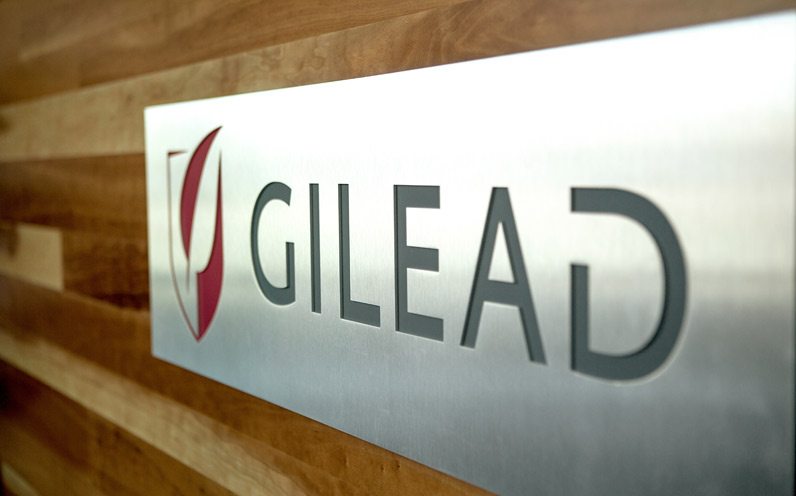
Presession on Friday, we got the news that Gilead Sciences Inc. (NASDAQ:GILD) had submitted an NDA to the FDA seeking approval of a fresh combo therapy that incorporates one of its currently approved treatments, Sovaldi, and a nucleotide called velpatasvir. The company is targeting an indication of Hepatitis C – an indication for which Gilead already has two approved treatments. So why this extended indication? Well, for exactly that reason. Its currently approved therapies only treat a narrow spectrum of Hepatitis C patients, whereas this refreshed combination (if approved) will treat a much wider scope of sufferers. With this said, let’s take a look at the drug itself, try and figure out how it differs from the currently available therapies (and in turn why it can treat all patients rather than a limited scope) and consider what it might mean for Gilead from a revenues perspective going forward.
First, its important to address what is meant by hep C genotypes. Because hep c is a virus, it is able to mutate into numerous different forms – similar to subspecies of a particular species of animal (think lions and tigers). Each of these forms is a genotype, and there are currently eleven identified genotypes. Most available treatments target a specific genotype (1,2 etc). The therapy Gilead is proposing will target 1 thought 6. The vast majority of sufferers in the US are hep C genotype 1, but in Asia, Europe and Africa the majority of patients are 2 through 6. The company’s current treatment, Sovaldi, inhibits the RNA polymerase of the hep C virus in genotype 1 – basically meaning it cannot replicate and, in turn, the infection subsides. Velpatasvir is what’s called a NS5A inhibitor, which means it inhibits the structural form of a replicated virus – again, inhibiting its reproduction. The difference between the two is substantial from a scientific perspective, but from a non-scientific viewpoint, all we really need to know is that they both stop hep C virus replication, the former in hep 1 genotype patients and the latter (in combination with the former) in hep 1-6.
So what are the chances of approval? Well, Gilead has conducted four phase III trials across patients in the 1-6 genotype, and the combo therapy met its primary endpoint across all four trials. Hep C drug efficacy id measured by what’s called an SVR12 rate – basically a measurement of the infection prevalence at 12 weeks post treatment (this used to be 24 weeks – SVR24 – but has recently reduced to 12). An average SVR12 rate of 95% across the four arms of the trial proved efficacy, and with no higher rate of adverse events seen between a double blinded placebo arm and the treatment arm, there looks to be no reason why the FDA wont approve the combo.
And what would approval mean for Gilead? The company generates between $2-3 billion a quarter from Sovaldi, at a price point of between $84-95,000. If the FDA approves the treatment, it will target about 10% of US sufferers, but it is the wider global market that will be the real money maker for the company. An FDA approval would pave the way for an EMA approval, which if Gilead achieves, could open up a similar size market as that of Sovaldi in the US for the new combo therapy in Europe – circa $2 billion. Gilead has stated that it intends to submit an NDA to the EMA before the end of 2015.
Near term catalysts? Look for an advisory panel recommendation from the FDA as a near term upside catalyst out of the US, and a confirmation of the NDA, EMA submission as an upside driver out of Europe.




